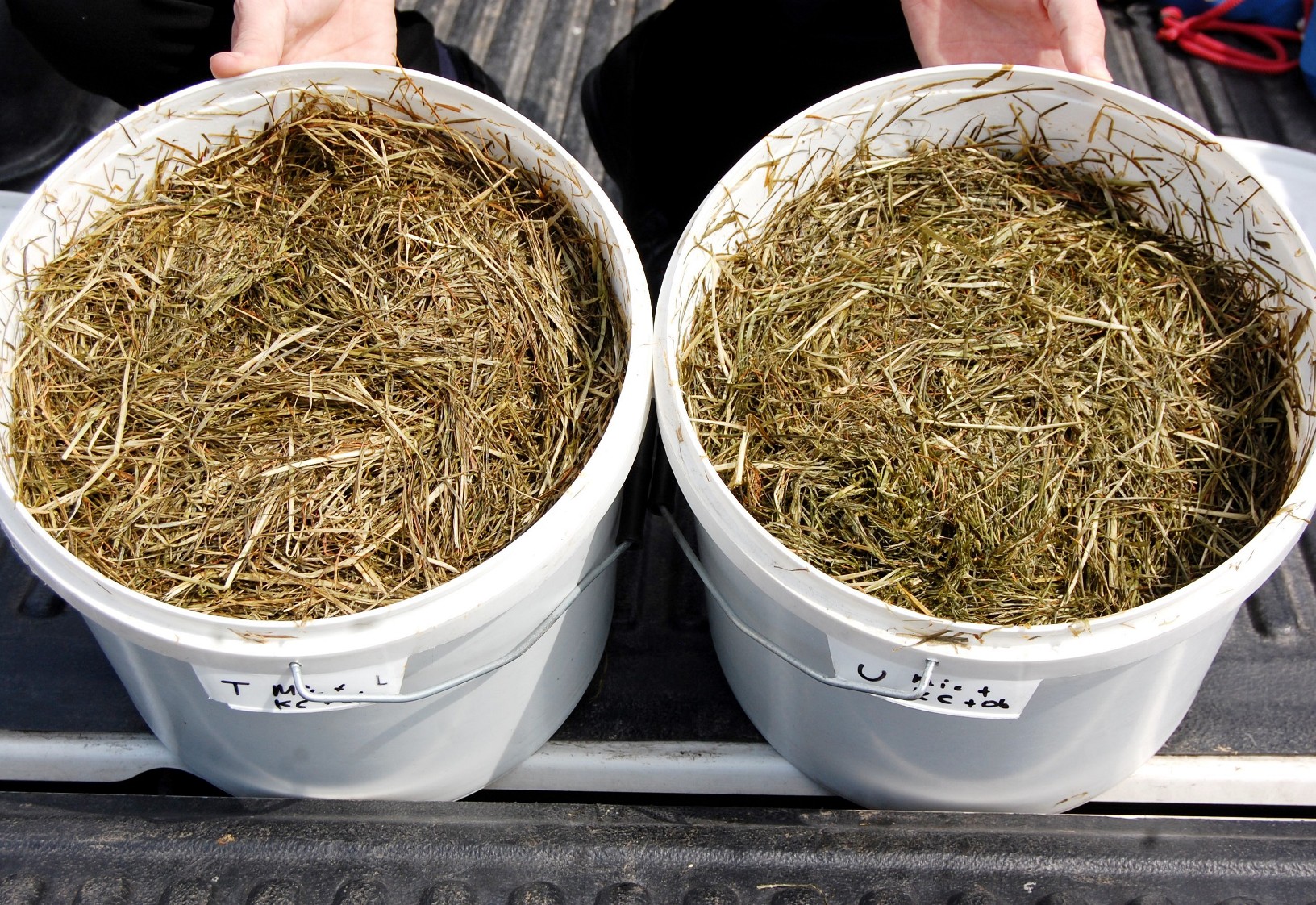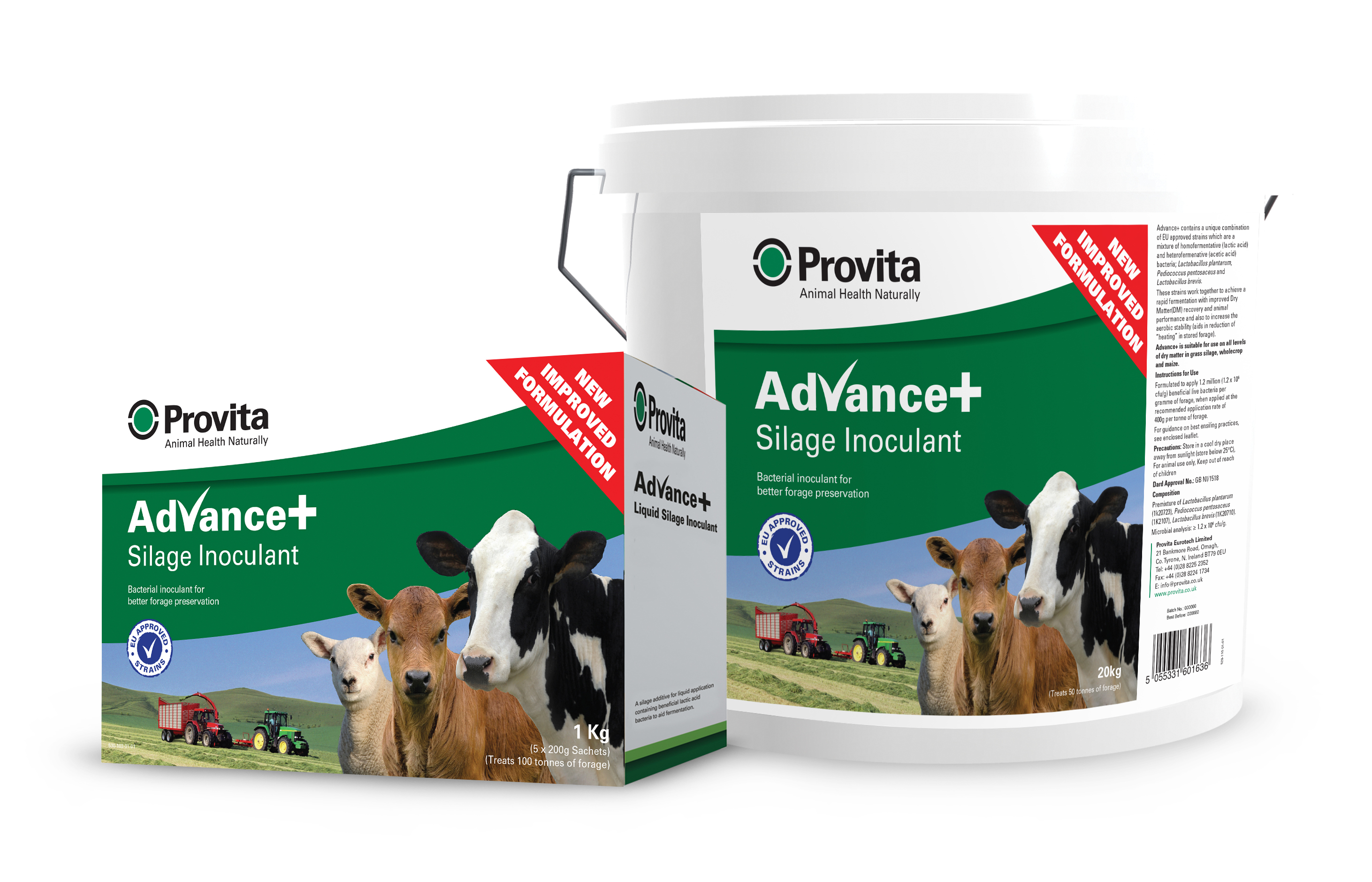Farmers are being advised not to over wilt grass prior to ensiling during the current dry spell. Grass samples taken by Provita directly after cutting this week, and thereafter, following an 18 hour, 24 hour and 48 hour wilt have confirmed that dry matter values can increase dramatically if grass is left to wilt beyond a 24 hour period.
“Freshly cut grass samples had average dry maters of between 18 and 20%”, confirmed Provita’s Tommy Armstrong.
“This rose to a figure in the mid-twenties after a 24 hour wilt, and rose again to 40% when grass was left in the field for a further day.”




